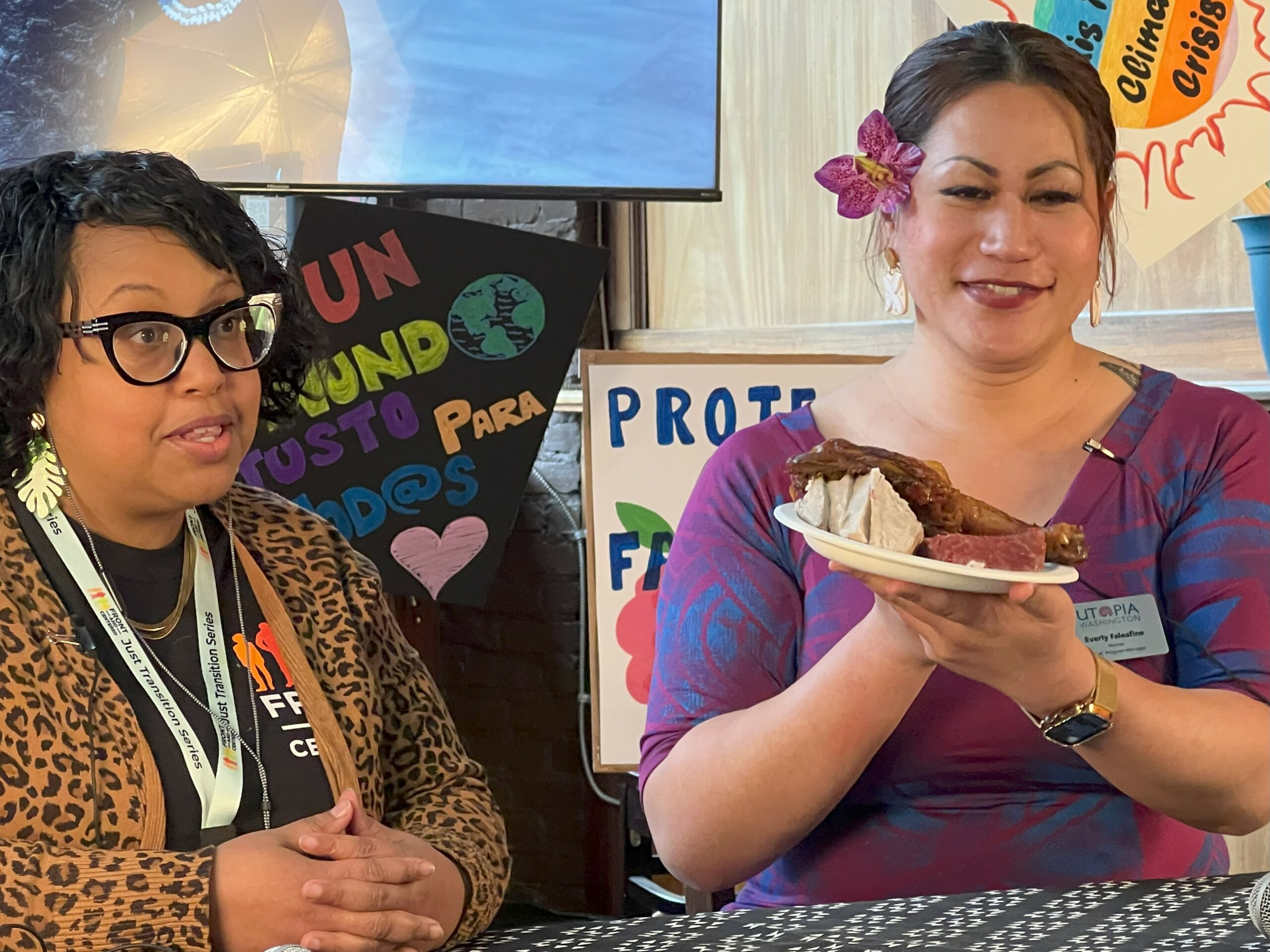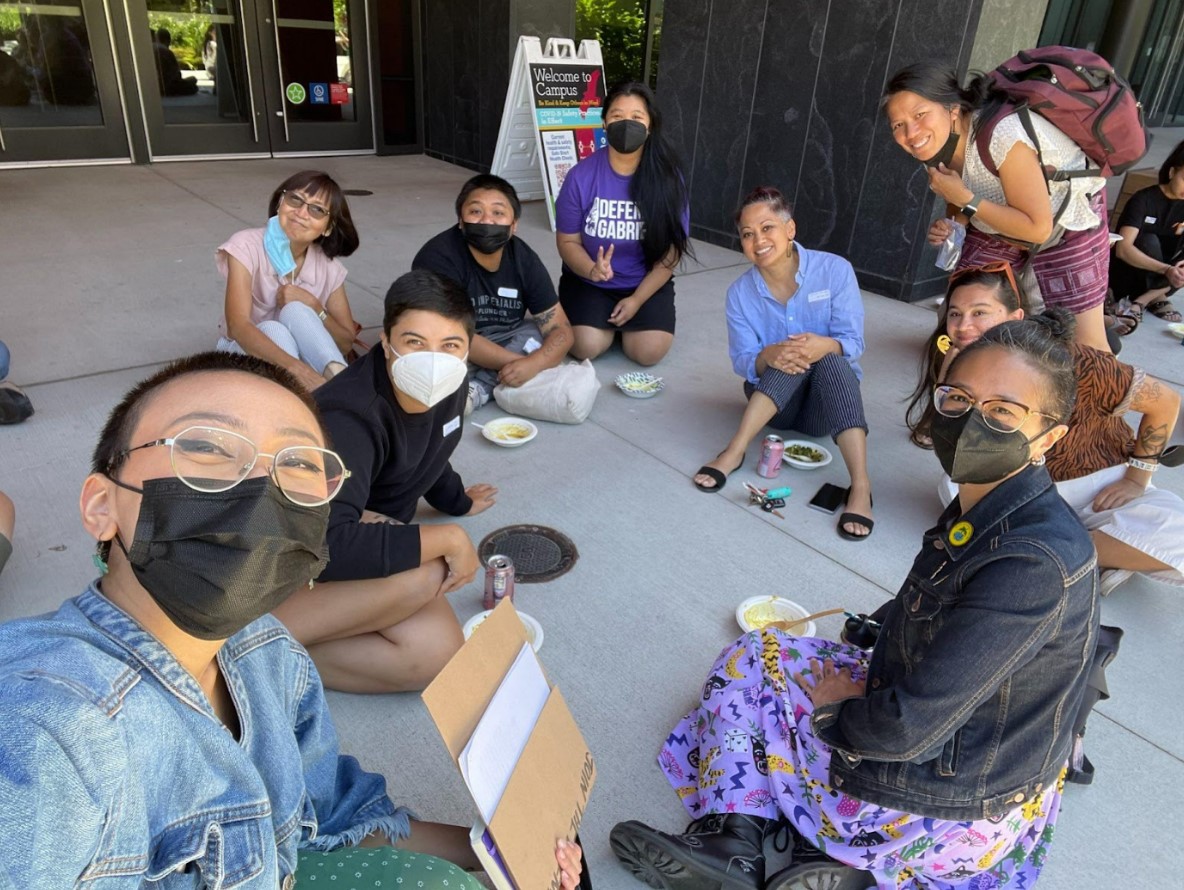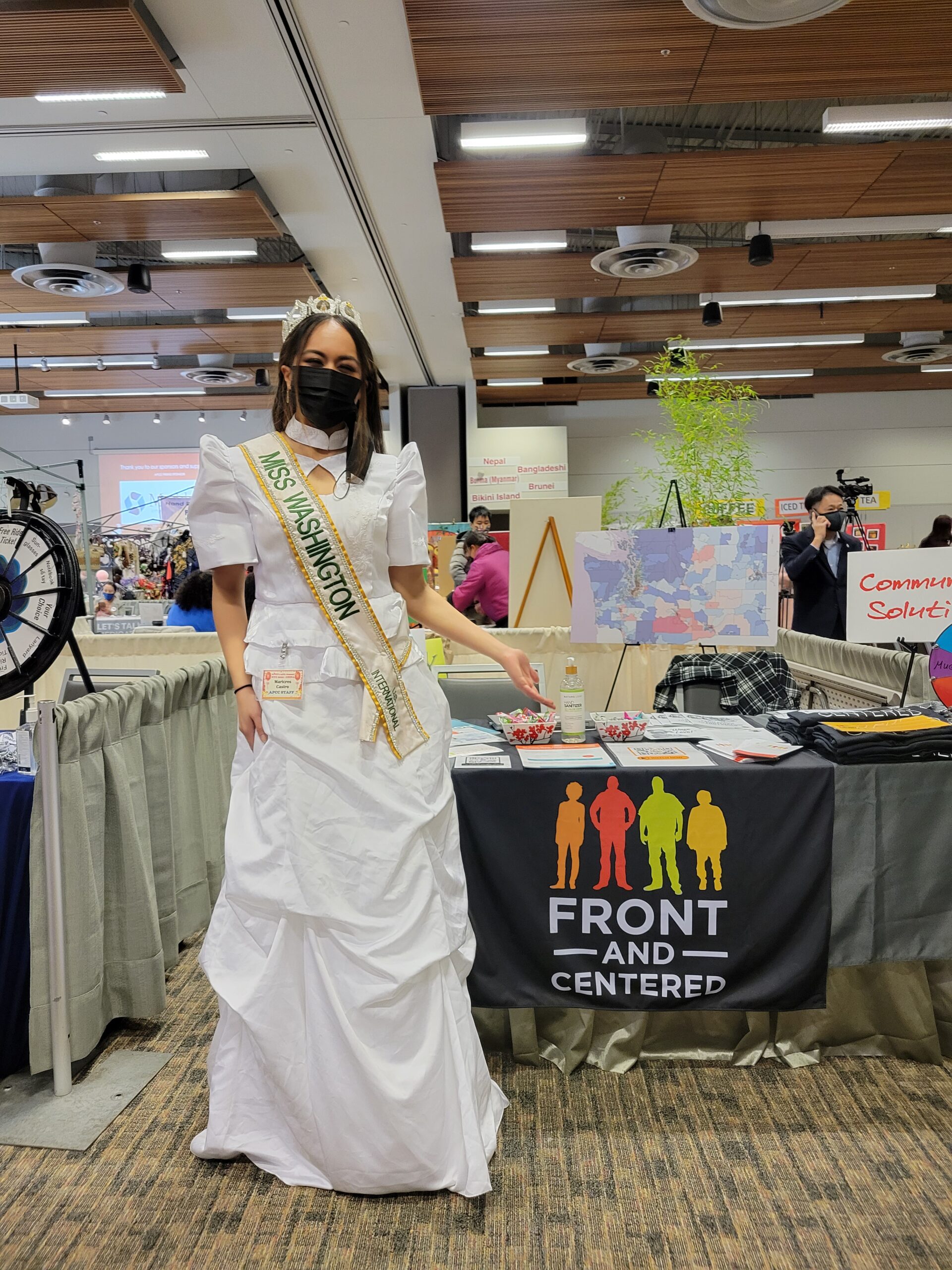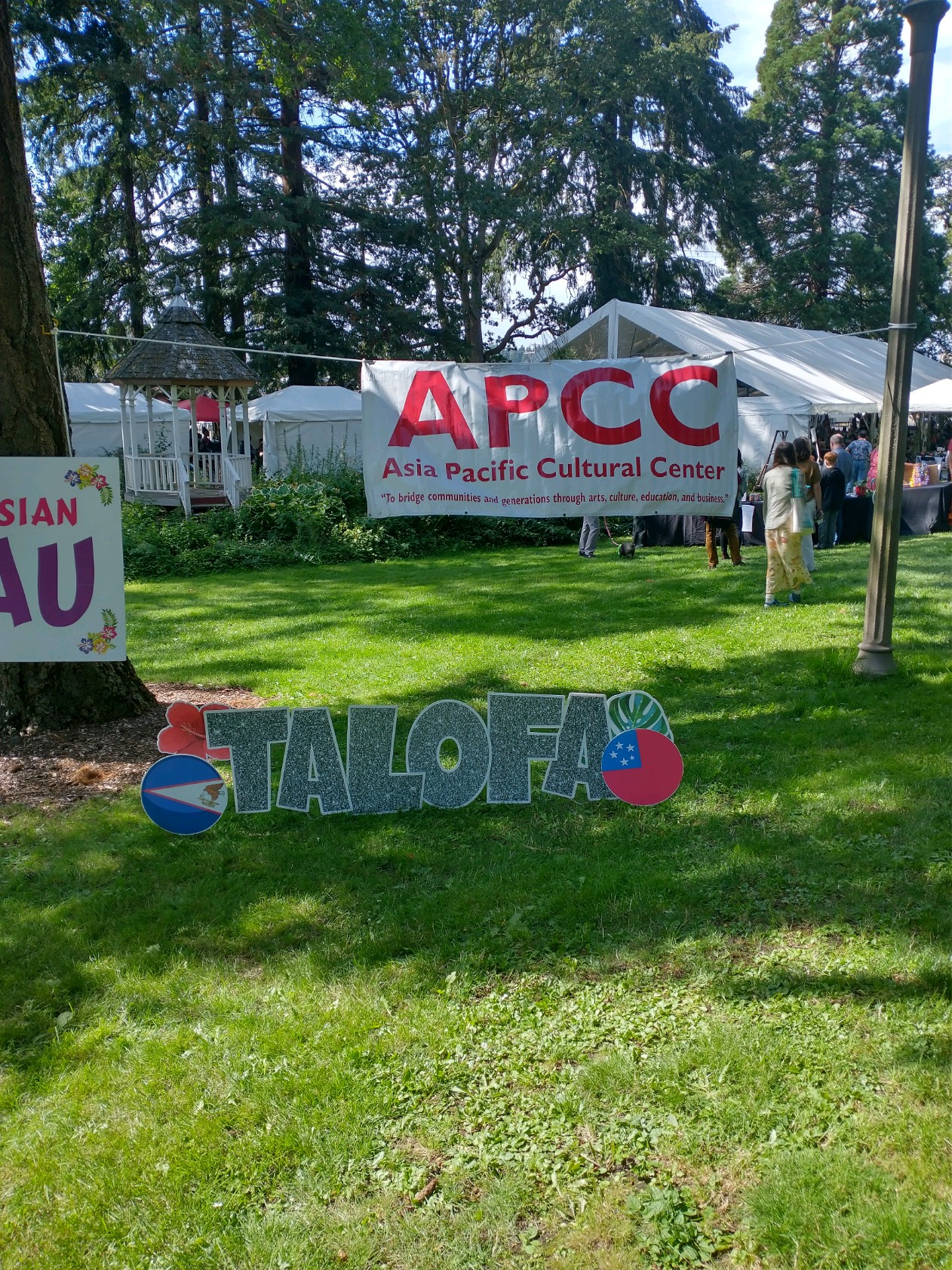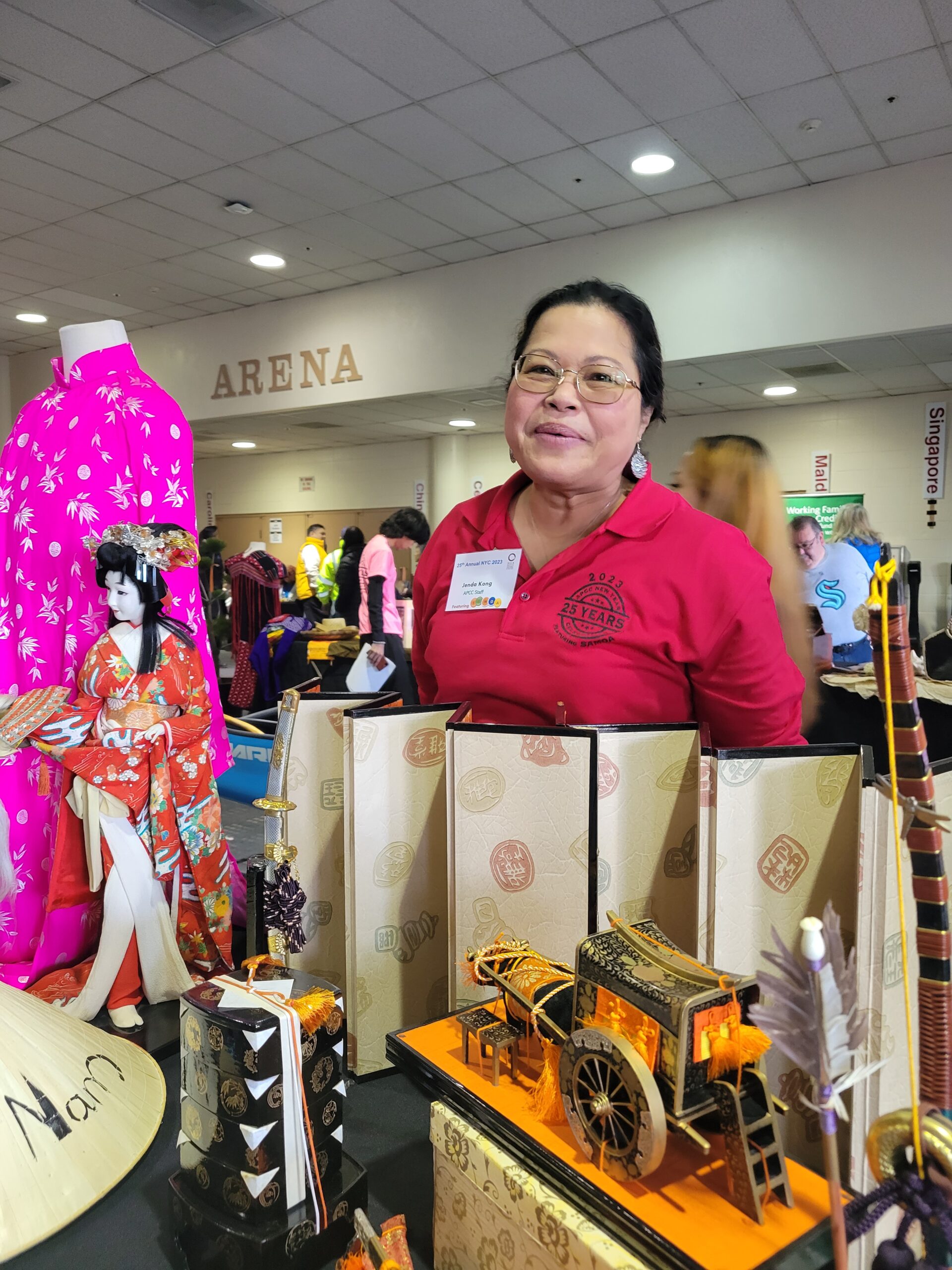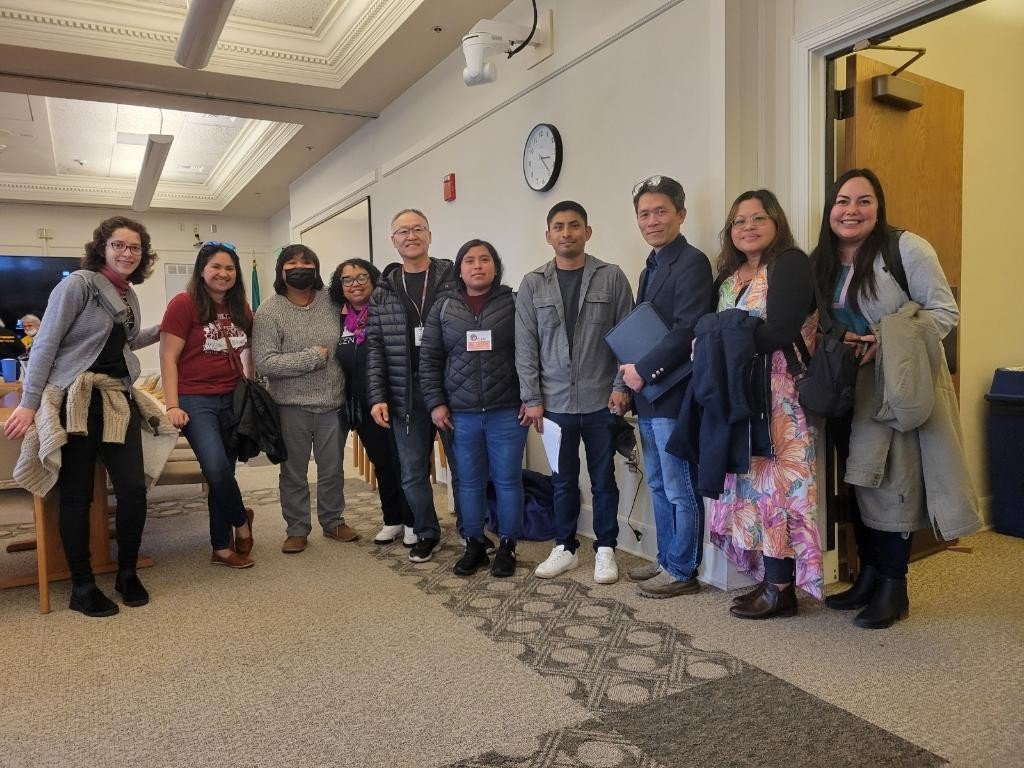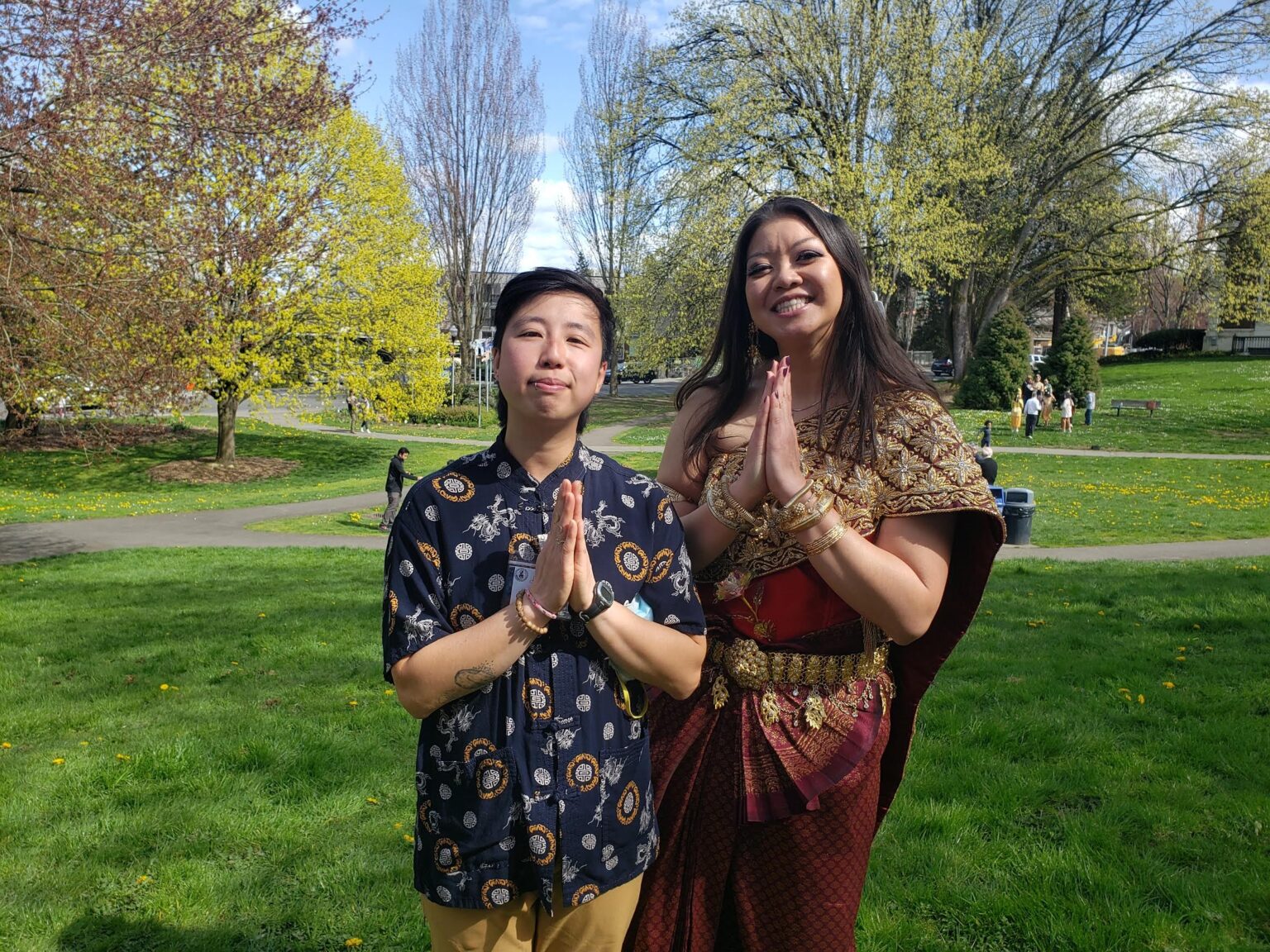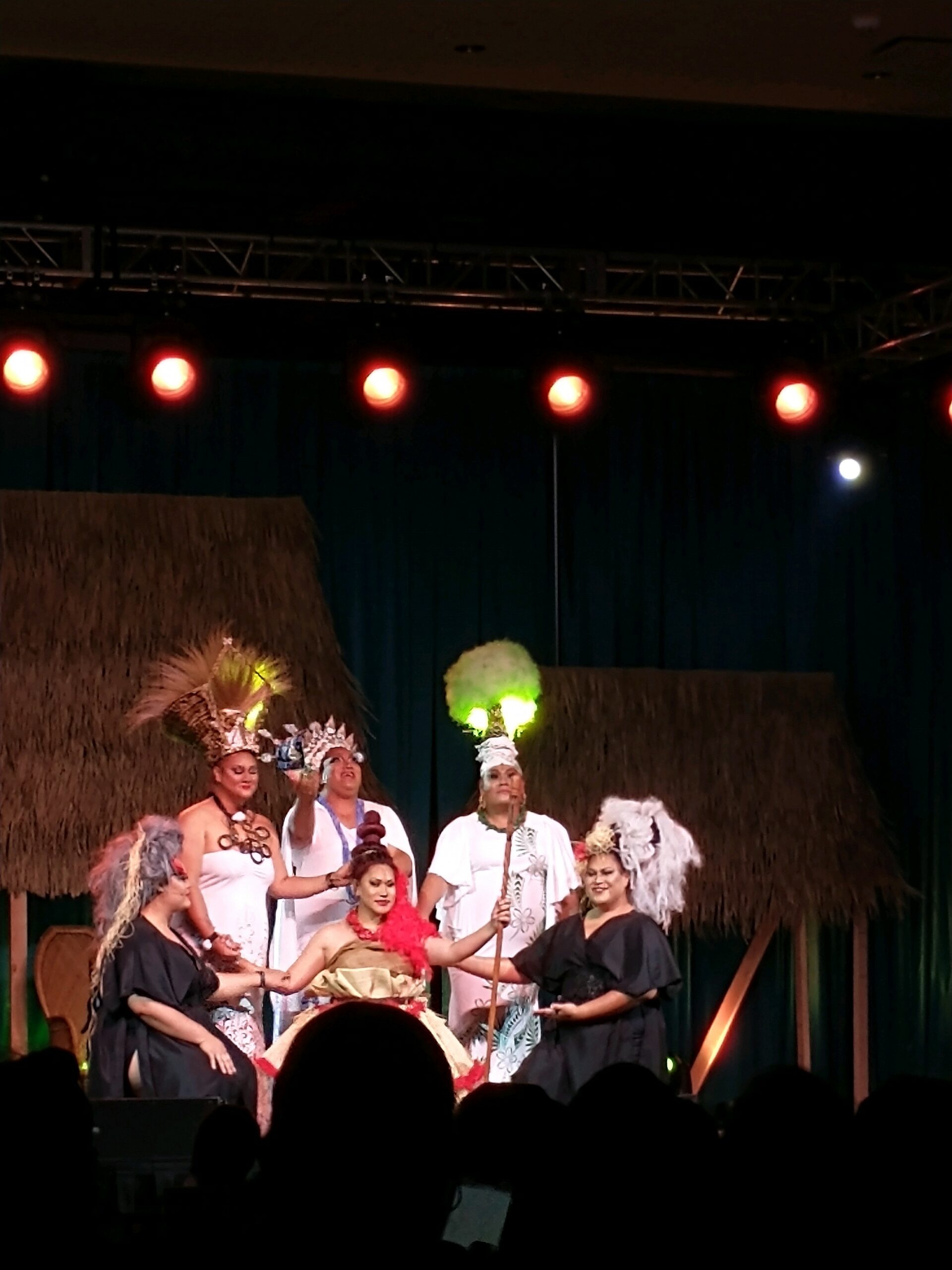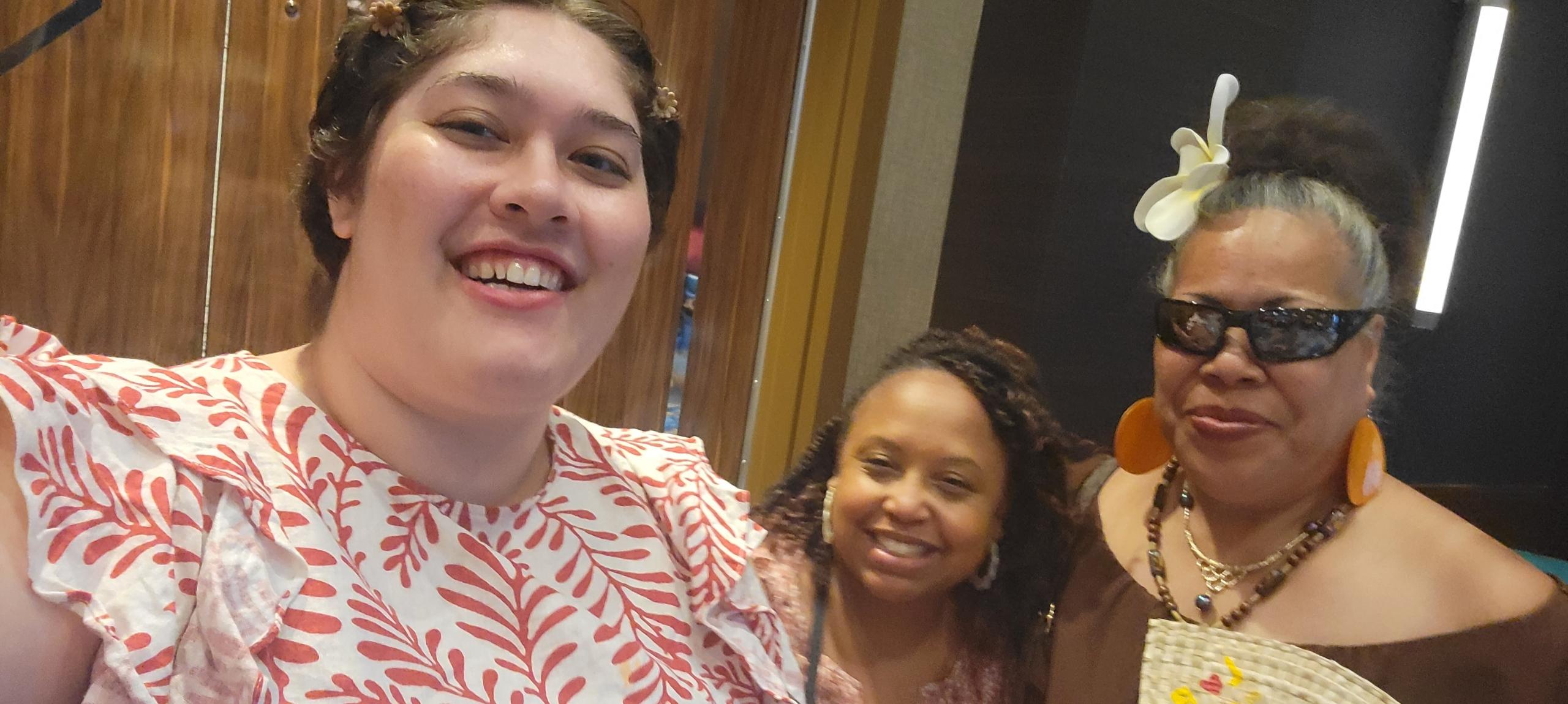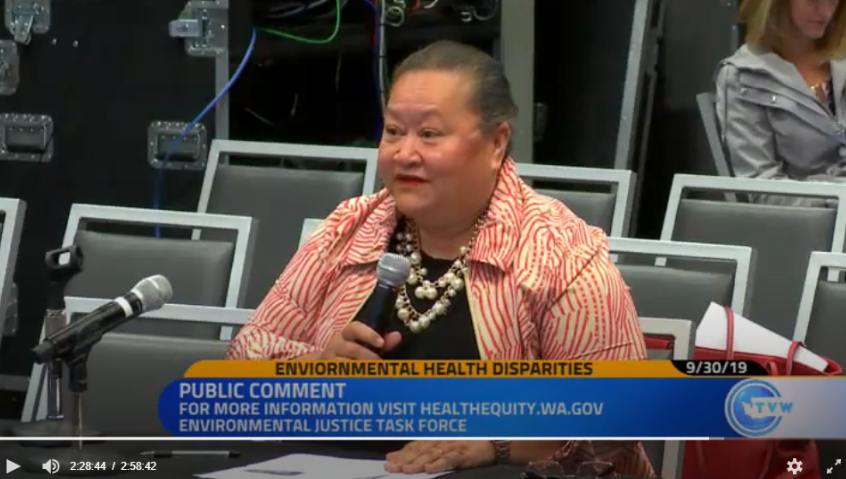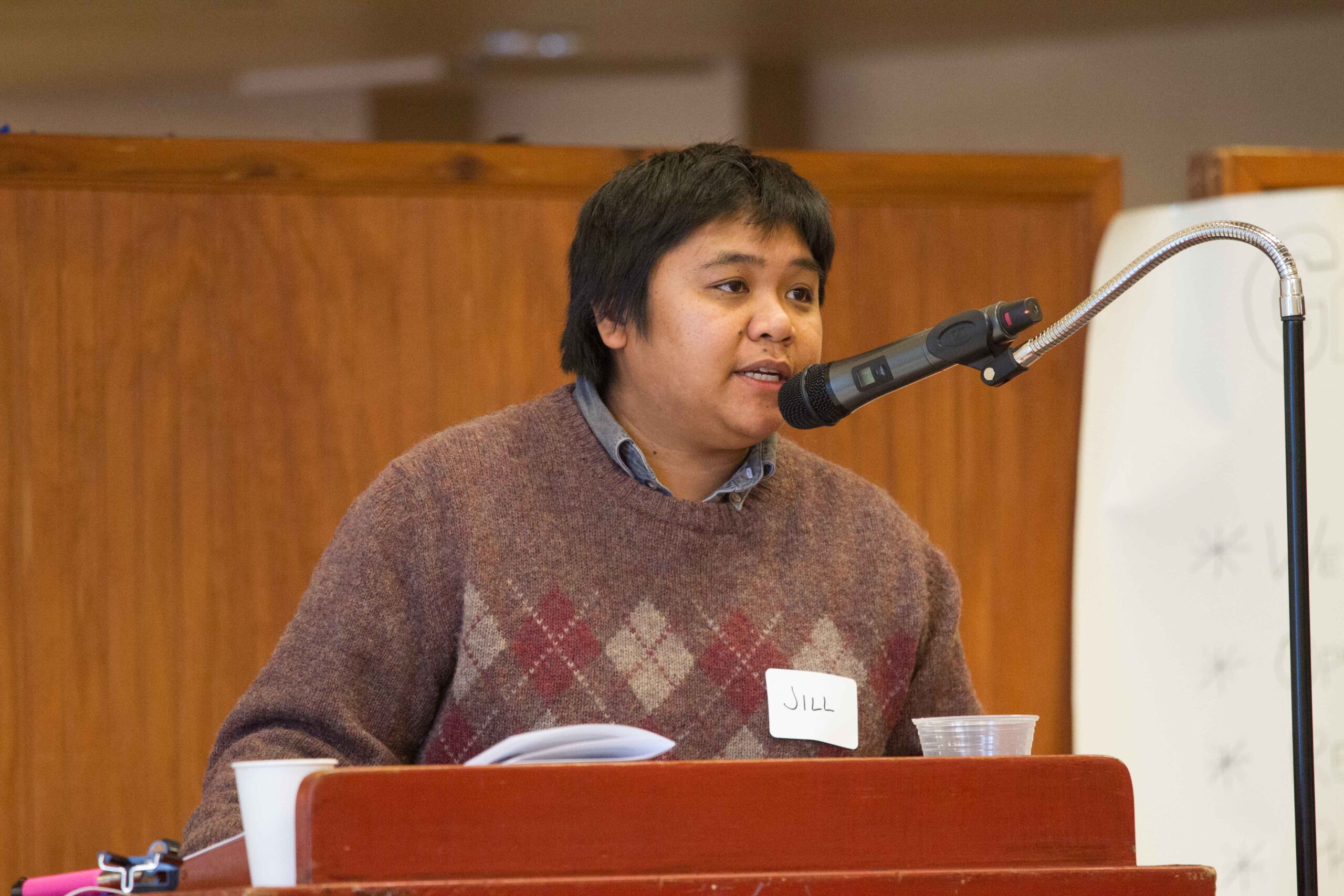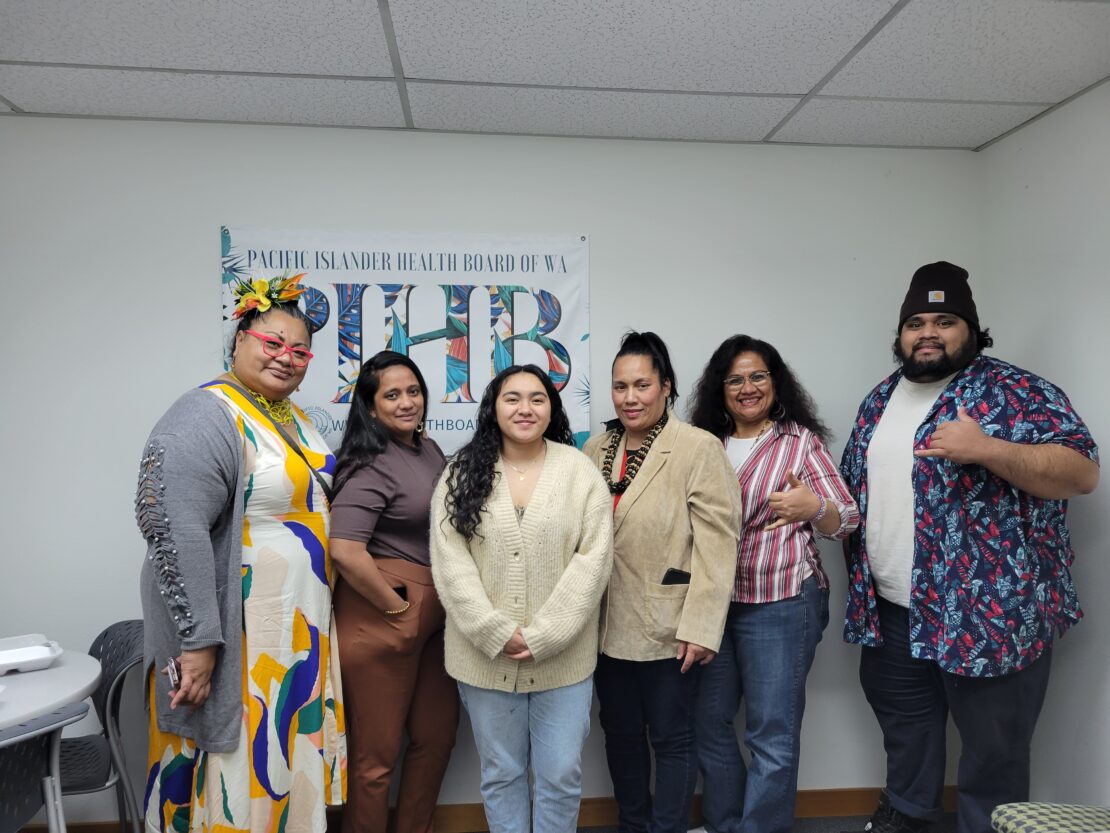
As we approach the end of Asian American Native Hawaiian Pacific Islander (AANHPI) Month, we wanted to celebrate the diversity of our AANHPI communities, share photos of some of our member organizations that serve various AANHPI communities, and reflect with you all on what the month means. We also want to say that our hearts are with folks who are being lashed by Typhoon Mawar this week:
Mawar slammed into Guam and the island of Rota with 140 mph winds, leaving 98% of residents without power. As of yesterday the battering winds are slowly subsiding as the center of the storm pulls away. Though the worst of conditions will pass, Guam and Rota residents may be without power and water for days and possibly even months! We don’t know how much damage has been done, but the people of the Mariana Islands will need significant support as they begin to recover.
(Find out more about the work of frontline communities in the Mariana Islands such as the Micronesia Climate Change Alliance and Guåhan Sustainable Culture.)
You may have heard people say that the climate crisis is a global issue, one where our future and the actions we take to shape it can’t be separated from the future of those who live in other countries and across oceans. As peoples whose families originate from nations across or within the Pacific, we know this connection intimately. We know that climate change impacts aren’t just felt by those of us here in Washington State but also by our families, friends, and communities abroad.
Does the AANHPI Grouping Work?
The term “AANHPI” tells us that this “Heritage Month” celebrates a set of communities that are very diverse and probably shouldn’t always be lumped into one category. Some of us are settlers, while some of us are Indigenous. Some of us are here because our parents wanted to pursue an economic opportunity. Some of us are here because we are climate refugees.
If there’s anything that brings us together as Asian American, Native Hawaiian, and Pacific Islander peoples, it’s our shared heritage as peoples whose roots can be traced back to countries that were and continue to be impacted by the colonialism of the Unites States. For instance, the people of Guam, a US territory, are American citizens but unable to vote in our presidential elections if they reside on Guam. Guam’s delegates to the US House of Representatives have no right to vote on the floor.
To this day, peoples in countries, nations, and territories all across the Pacific Ocean or in Asia continue resisting occupation and other exploitative practices of the US that destroy water supplies, threaten ecosystems and sacred or culturally significant sites, endanger the security of communities on the frontlines, and put women and LGBTQ+ people at increased risk of gender-based violence.
At Front and Centered, we have many coalition members who serve various AANHPI communities in Washington State. Beyond our shared experiences of harm, what brings us together and what ultimately binds us to other BIPOC communities is the fact that we are confronting our histories and working every day to create the transition to a just future that we envision not just for our own well-being, but for the good of all.


